Kim Blickenstaff has been named to the board of directors of Wildlife Prairie Park, perhaps the capstone achievement of the man from whom he’s derived so much inspiration, Bill Rutherford.
Chief Executive Officer Roberta English said Blickenstaff’s connection to Wildlife Prairie founder Rutherford made the pairing a natural.
“He has a wealth of knowledge about all things Bill,” she said. “Because he was mentored by Bill, he is invested in this place.”
“It really is kind of a full circle situation for me,” said Blickenstaff. “My father retained Bill’s services as an attorney. He took us up in his plane as kids and taught my brother how to fly. He was such a visionary. Where his dreams for central Illinois remain unfinished, if I can help fill in those gaps, then that’s what I want to do.”
The California-based, central Illinois-born entrepreneur and philanthropist actually reached out to English first, inviting her out for a tour of the Rutherfords’ former home, which Blickenstaff purchased in 2019.
“I work in his vision, so it was exciting to be in the home that was also his vision,” she said.
It wasn’t long before it became clear that the parties should join forces.
“He’s my brother from another mother,” said English. “Nothing is impossible to Kim, and that’s how I think, too.”
Bill and Hazel Rutherford
That attitude comes in handy regarding a place that has had its ups and downs since Bill and Hazel Rutherford opened it in 1977 as a zoological park featuring native animals and botanical center with indigenous plants.
Over its first 25 years, the park added attractions and its popularity soared with families and nature lovers. But as the Rutherfords aged and they weaned themselves away from the day-to-day operations, they eventually reached a deal with the state of Illinois in 2001 to take possession of its nearly 2,000 acres. After a dozen years of little investment from Springfield and declining public interest, Wildlife was returned to private, local hands in 2013.
There have been visible improvements in the ensuing eight years, but aging infrastructure and changing public tastes have remained challenges. English was brought aboard from Peoria’s Neighborhood House in 2019 to run and restore the park.
And then came COVID.
On the one hand, Wildlife closed for a time. On the other, the pandemic made people long for the great outdoors again, and Wildlife’s leaders used the down time to make improvements such as adding camping sites and working to grow the membership, which almost doubled during the pandemic, from 2,200 to 3,700, said English.
Nonetheless, it’s a very large property, and there are a lot of needs.
“It’s an elephant. You can only eat it bite by bite,” she said.
In need of renovation are the event space, the Visitors Center – designed by Rutherford’s architect, the late Dick Doyle -- and the museum. Providing more overnight opportunities – the Rutherfords always wanted to build a lodge – is a priority. An endowment would enhance Wildlife’s future prospects considerably, with $10 million as the goal. The Forest Park Foundation is transitioning out of Wildlife.
And that’s where Blickenstaff comes in.
What he brings to the table, said English, is a business savvy, experience in raising capital, an affection for the outdoors, an innate feel for what the Rutherfords were trying to accomplish, and the love of a challenge.
“I love having somebody to bounce ideas off of,” she said.
And in Blickenstaff’s Sankoty Lakes, she sees opportunities for collaboration.
Sankoty Lakes
“Now I have somebody who’s really doing what I’m doing,” said English. “I told him, ‘Just bus them (Sankoty guests) out here.’ Anything to draw more people to Peoria to see what resources we have.”
As glamping tents have become a central feature of Sankoty, Blickenstaff believes they would be a draw at Wildlife, as well.
“We are trying to continually fulfill Bill’s vision” and make it “the destination families want to go to,” said English. “Who better than Kim Blickenstaff to help us do that?”




